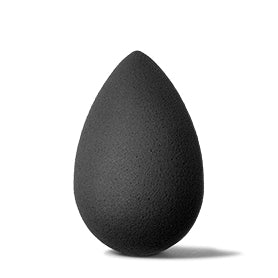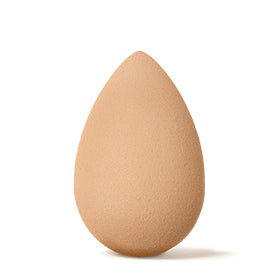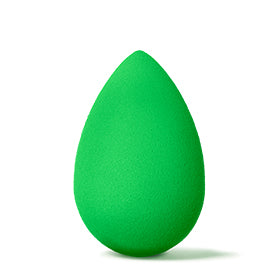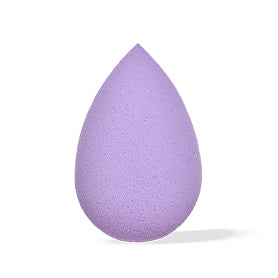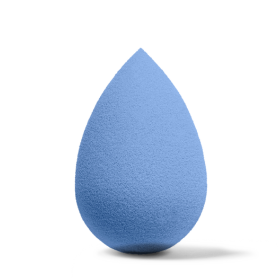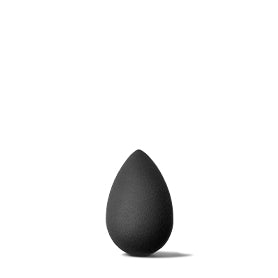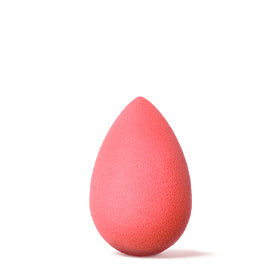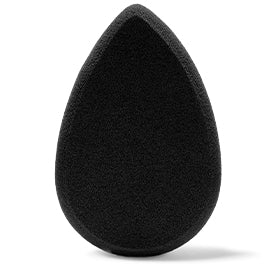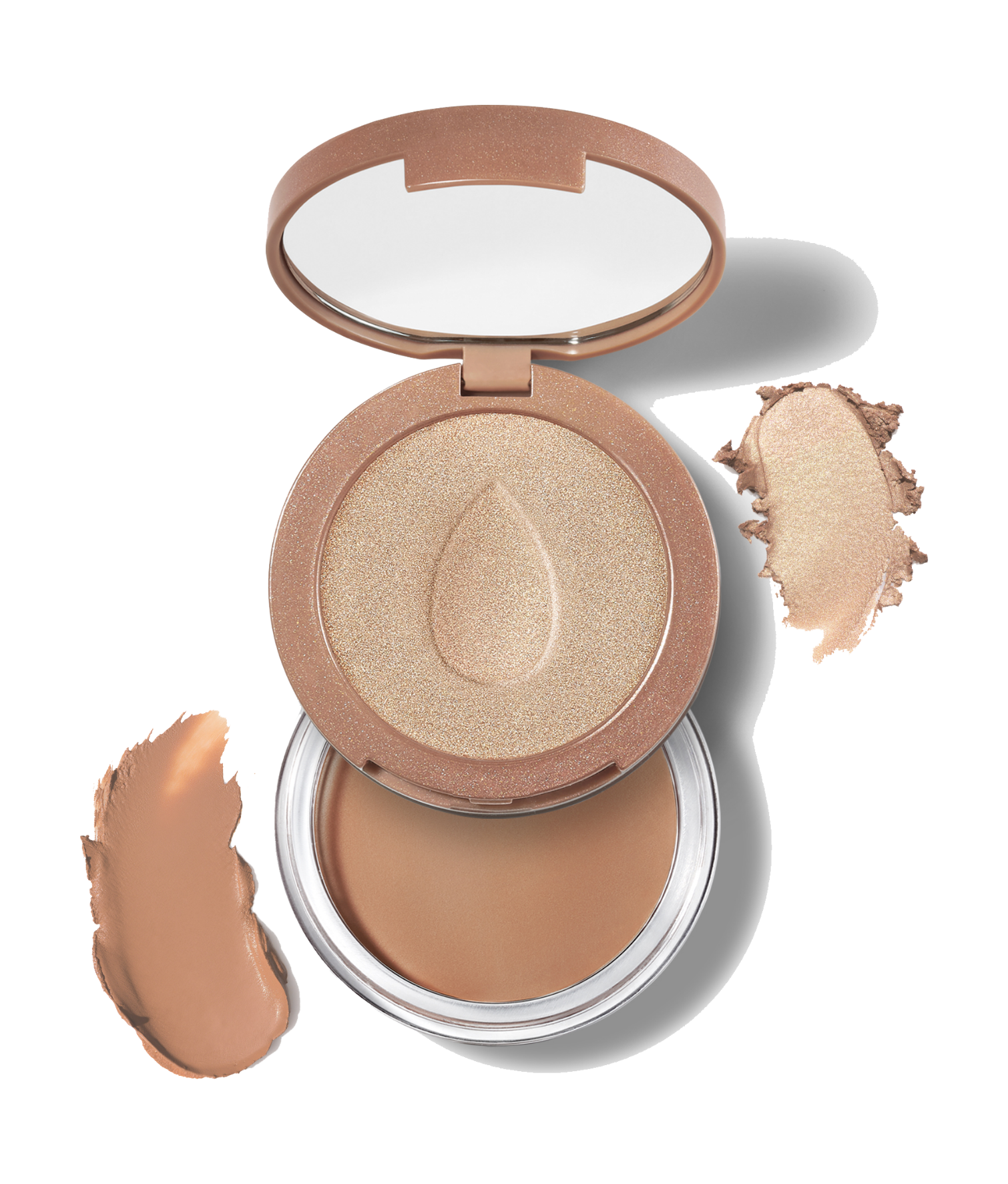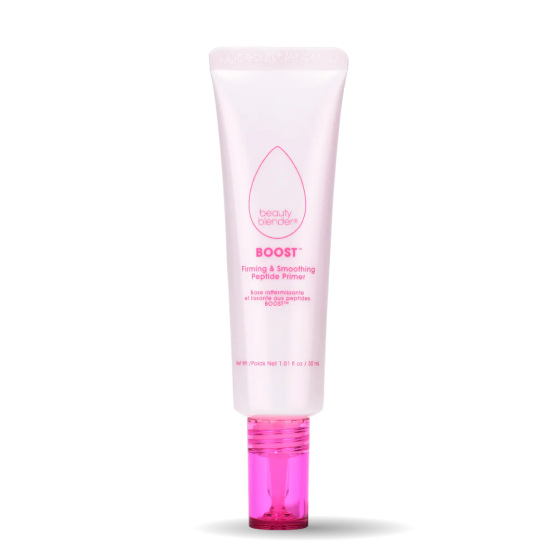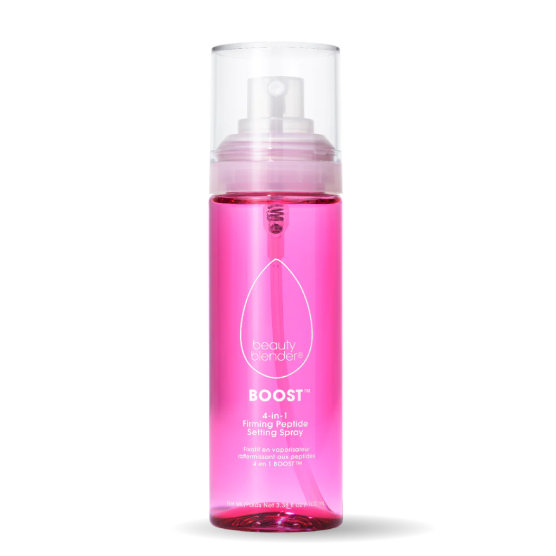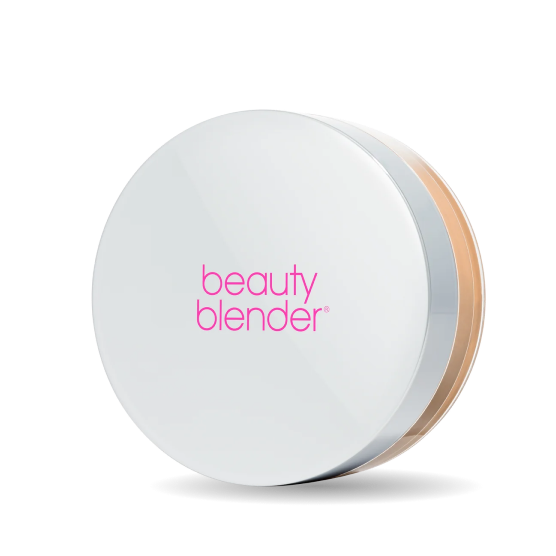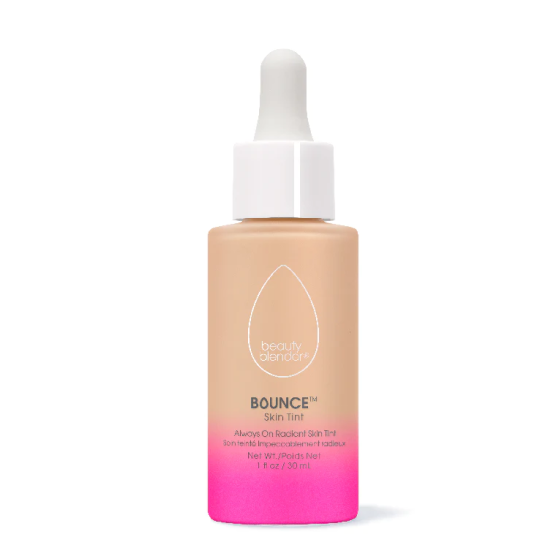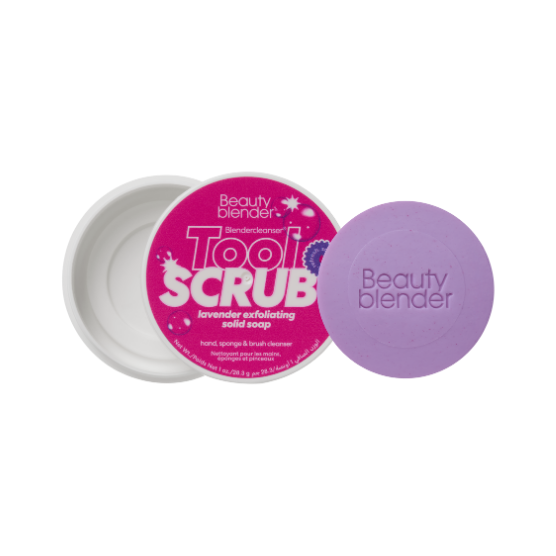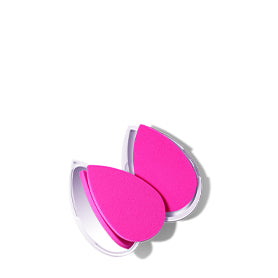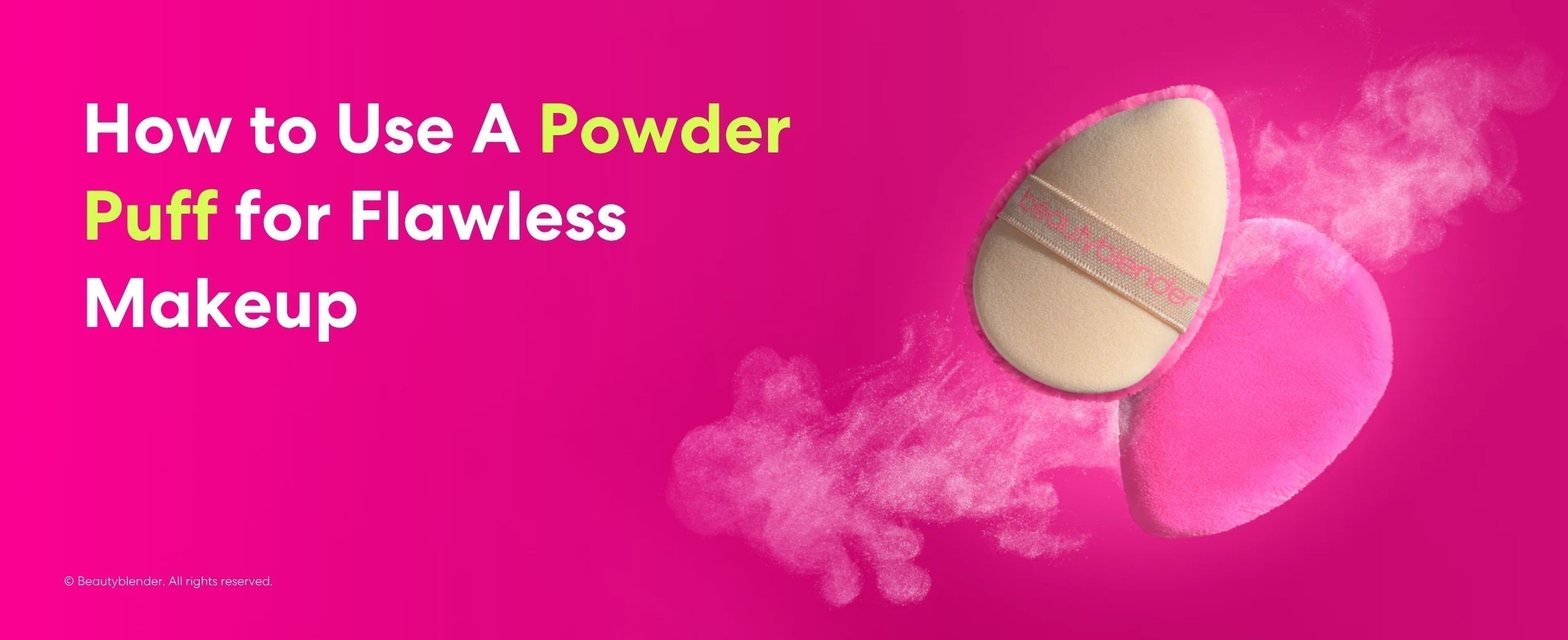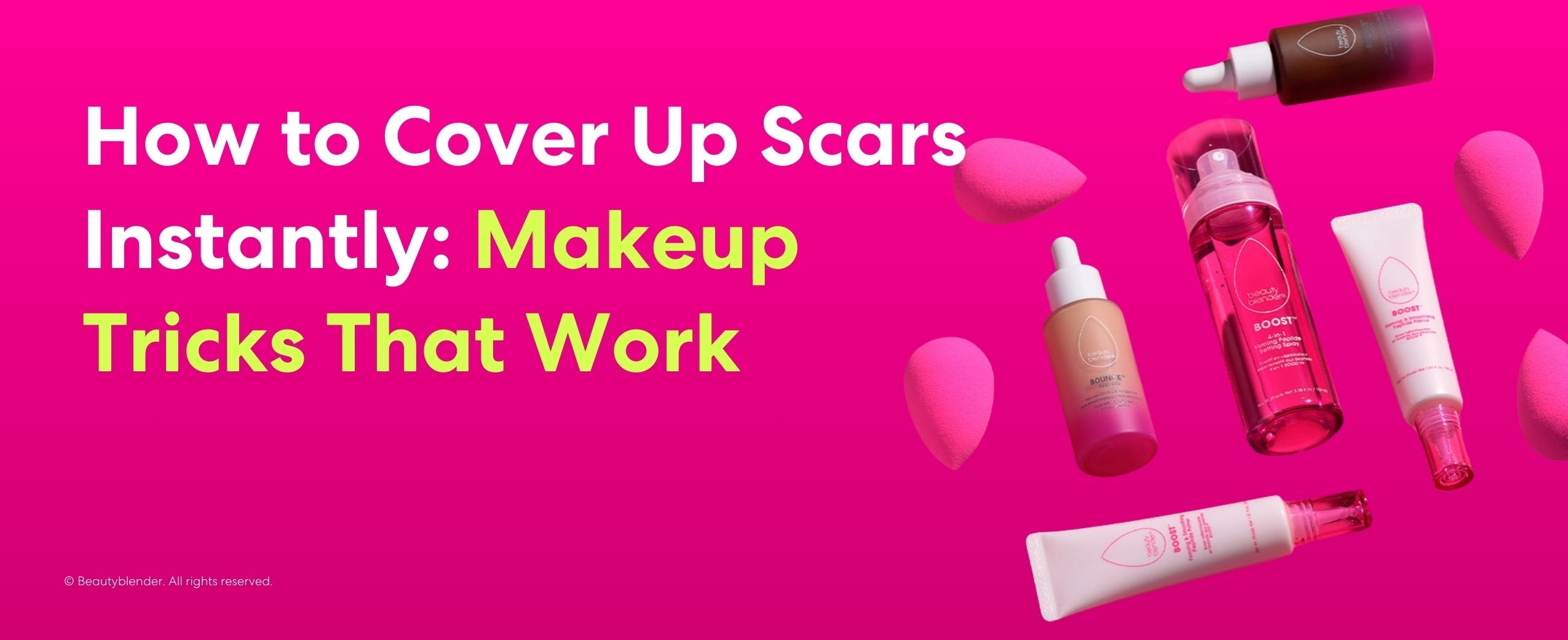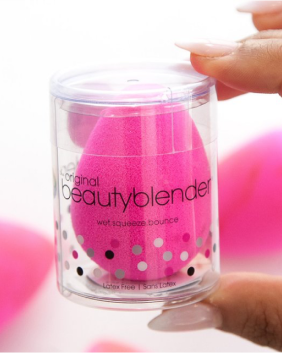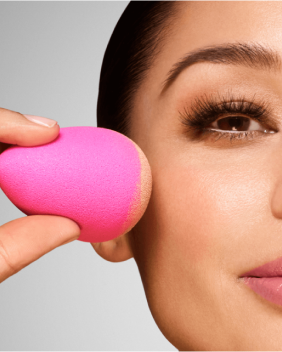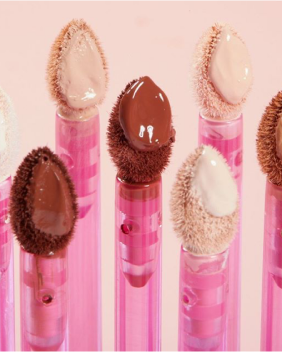What’s in My Makeup? What You Won’t See in Our Product Descriptions & Why

What’s in my makeup?
It’s something we’ve all wondered. But when it comes to breaking down the science of makeup and decoding product descriptions, things get … messy.
Like, what even *is* a sulfate? Or a phthalate? Hydroquinone, anyone? Product descriptions got us like:
The science of makeup can be complicated — but it shouldn’t be. So today, we’re going to break it down, starting with a few things you won’t see in Beautyblender product descriptions.
What’s in My Makeup? 12 Things We Leave Out
Beautyblender is v proud that all our sponges, brushes and makeup check every box below. Here’s what we leave out and why.
Gluten
Gluten is a protein found in wheat, rye and other grains. Some people — for example, those with celiac disease — are sensitive to gluten and find they feel better when makeup is gluten-free. So we leave it out of our foundation, concealer, highlighters — you name it. Simple as that.
Ingredients derived from or tested on animals:
— A cruelty-free product description means it hasn't been tested on animals.
— Similarly, vegan makeup doesn’t contain any animal ingredients or animal-derived ingredients. That means no honey, beeswax, albumen, lanolin, collagen, carmine, cholesterol or gelatin, among other things.
All Beautyblender products are both cruelty-free and vegan.
Sulfates
Sodium lauryl sulfate (SLS) is a cleaning agent and “surfactant,” which is a science-y word for something that lowers surface tension between ingredients, helping to build foam or clean something. Sodium laureth sulfate (SLES) is a similar, slightly milder chemical that does the same thing.
Both sulfates are found in many beauty products and household cleaners. While some studies find they’re not harmful if used briefly and rinsed from the skin (think shampoo or soap), others find that skin exposure to SLS over time may be irritating. So we steer clear! All our Blendercleansers are sulfate-free (we use naturally-derived surfactants from coconuts) and specially formulated so they still kill 99.7% of germs to get your tools squeaky clean.
Parabens
When it comes to the science of makeup, parabens are a key ingredient to understand. Since the 1920s, these artificial preservatives have been used to increase the shelf life of beauty products and makeup. The problem: parabens may irritate skin, disrupt hormone production, harm fertility and increase cancer risk. So, yeah … no thx! We’ll keep our foundation and concealer paraben-free.
Formaldehydes and formaldehyde-releasing agents
Formaldehyde is a flammable, strong-smelling, colorless gas sometimes used to help protect against contamination by bacteria. Sounds helpful, right? It can be — if your goal is to produce fertilizer, make particleboard or embalm a body. But unless you’re working in a morgue à la iZombie, you’d be better off avoiding formaldehyde. When used in cosmetics, it can cause skin irritation, scalp burns, hair loss or even cancer.
Phthalates
Phthalates are chemicals that have been linked to endocrine disruption, reproductive toxicity and cancer. While phthalates are banned from cosmetics in the European Union, they’re still allowed in the U.S., so it’s up to you to read product descriptions to avoid them. Or you could just buy Beautyblender products and skip the hassle.
Mineral oil
If you ask “what’s in my makeup?” and the answer is “mineral oil,” you might be relieved. After all, minerals are good for you. But that’s where things get tricky since not all minerals and oils are created equal.
Mineral oil has been shown to heal dry skin and make products glide on smooth, but because of that barrier effect, it can also clog pores. The shift away from some mineral oils is a newer take in the beauty world, but better safe than sorry. That’s why the only oils you’ll see in our product descriptions will be sustainable, natural ones like the palm and coconut oils we use in our Solid Blendercleansers.
Retinyl palmitate
Retinol is the chemical name of vitamin A, an essential micronutrient that’s good for you — to a degree. Natural vitamin A helps in maintaining healthy vision and skin, which is why you’ll find chemical retinol in lots of anti-aging serums and lotions.
The problem arises when too much builds up in your system, which can cause potential birth defects and an increased risk of cancer. Since we don’t know your personal vitamin A intake, we use other ingredients, such as fermented botanical extracts, in products like Opal Essence Makeup Primer to soothe and brighten skin over time.
Hydroquinone
Hydroquinone is a skin-lightening agent often found in bleaches, facial toners and acne treatments. While it can prove effective in the treatment of age spots or psoriasis, it can also cause redness or dryness, especially for people with sensitive skin. We want everyone to be able to use Beautyblender products with NO worries, so we leave it out.
Triclosan & triclocarban
Triclosan and triclocarban are antibacterial agents that are added to everything from soaps and makeup to athletic clothes and food packaging. In recent years, the FDA banned triclosan because they believe it may alter hormone regulation, harm the immune system and contribute to the development of antibiotic-resistant germs. And on those counts, we can pretty much all agree: We out.
Coal tar
With a name like “coal tar,” do you even need an explanation as to why you won’t find it in our product descriptions? You don’t have to be an expert in the science of makeup to get it. But you’d be surprised how many hair dyes and lipsticks use coal tar dye to help bind color to your body, lips or hair despite the fact it’s a hella unlikeable ingredient for its toxicity and ability to increase cancer risk. Hard pass.
Still, we totally get the need to get color to stay and slay all day, especially when it comes to foundation. That’s why we formulated 40 — yep, that’s 4-0 — light-as-air shades of BOUNCE Liquid Whip Long Wear Foundation to blend seamlessly while making your complexion look super smooth and even.
Want to Know Which Shade You Are?
Check out Shade Finder to get your answer in less than 2 minutes. And check back at The Blend soon for the flipside of this article — what we put IN our products and why.


